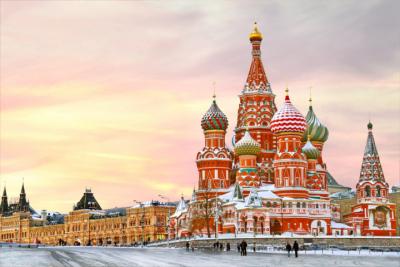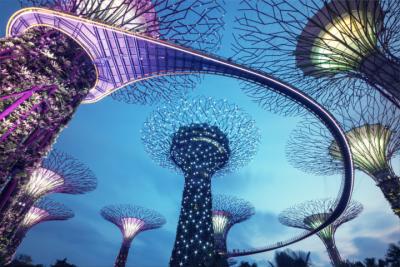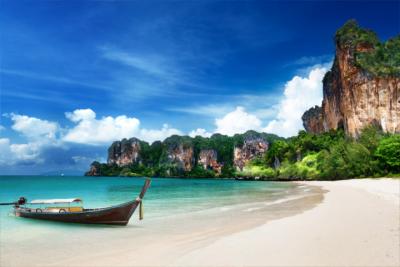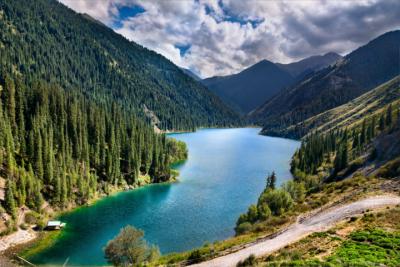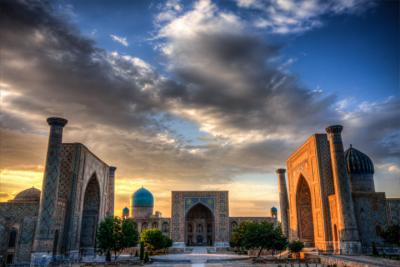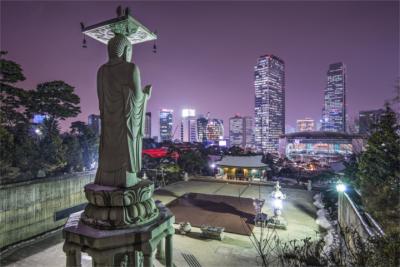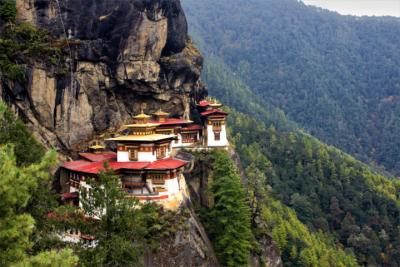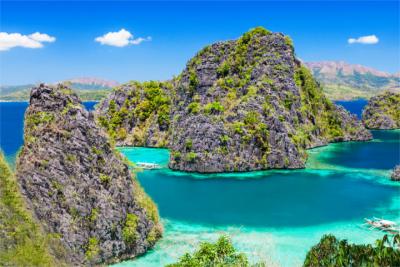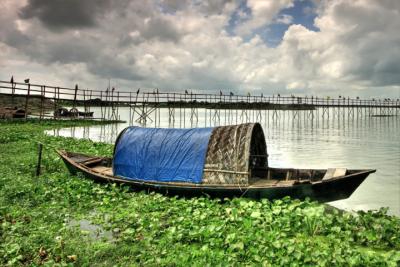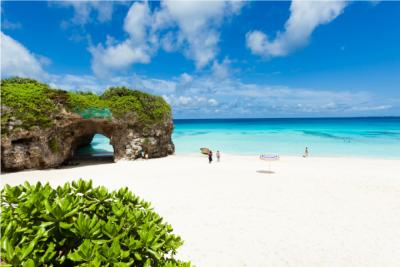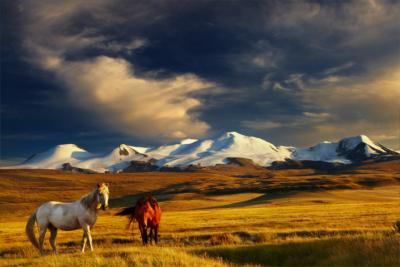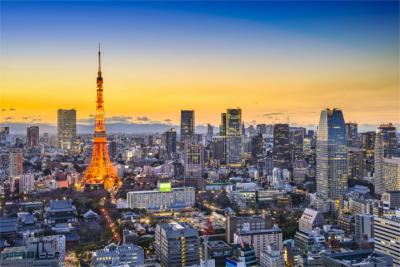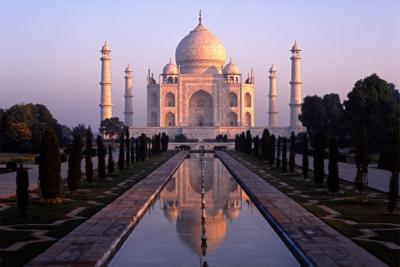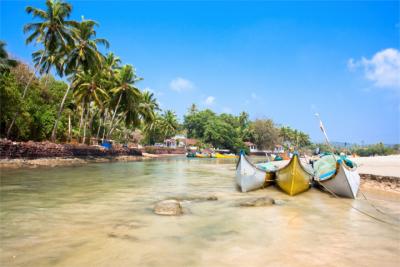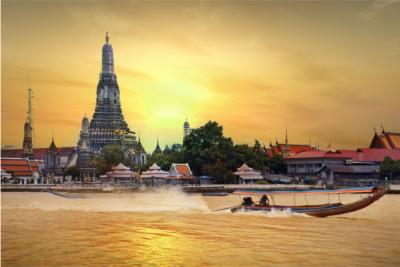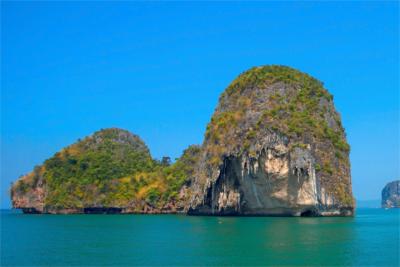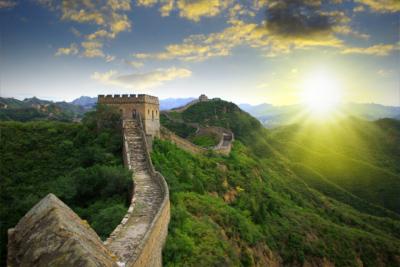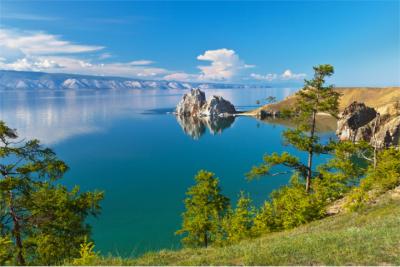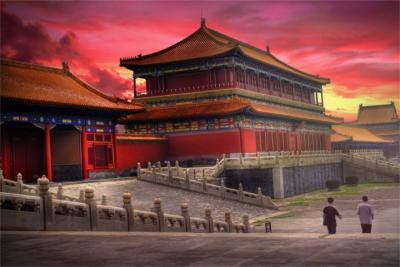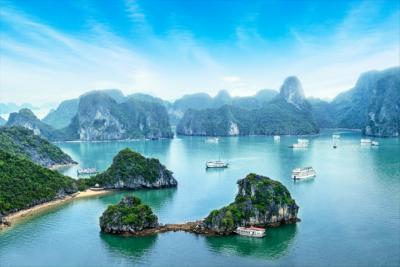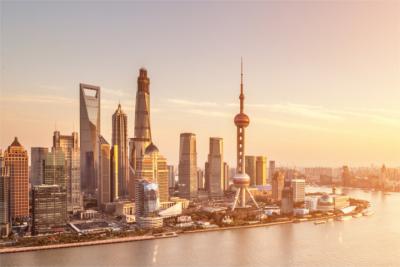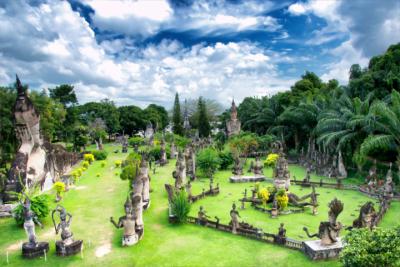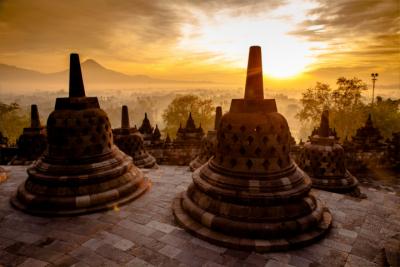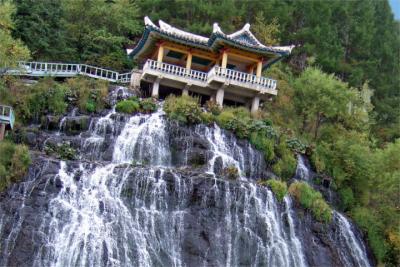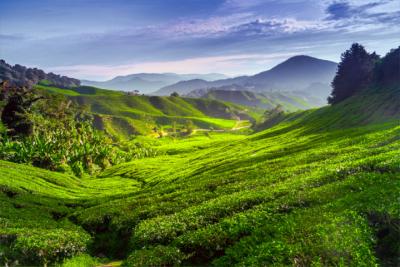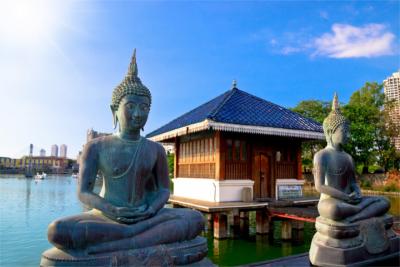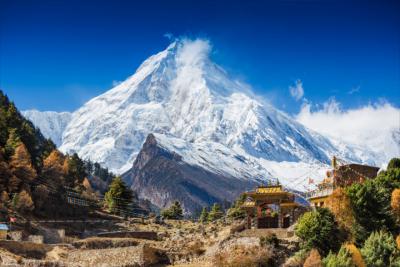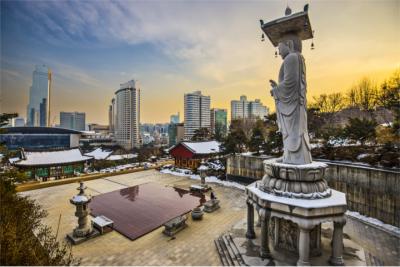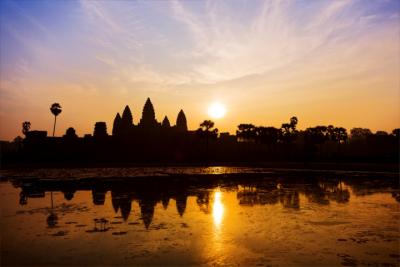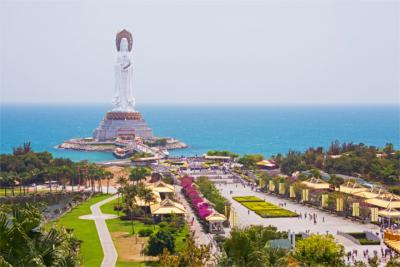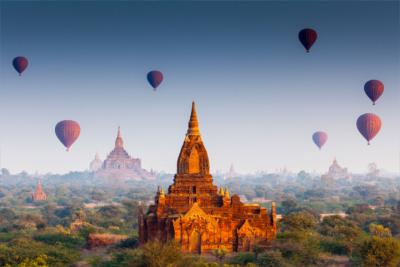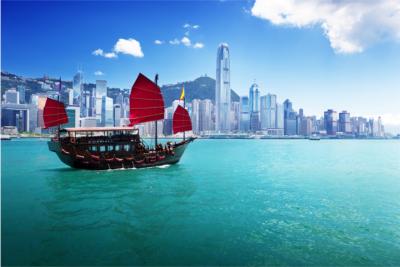Travel Offers
Travelmyne Featureprint
Distance
Okinawa - Natural Island Paradise
Wonderful white sandy beaches, turquoise blue sea water, a diverse fauna and an evergreen, native natural landscape characterise the island group of Okinawa. The diving paradise also impresses with the cultural sites of the Kingdom of Ryukyu and an individual culture and way of living.
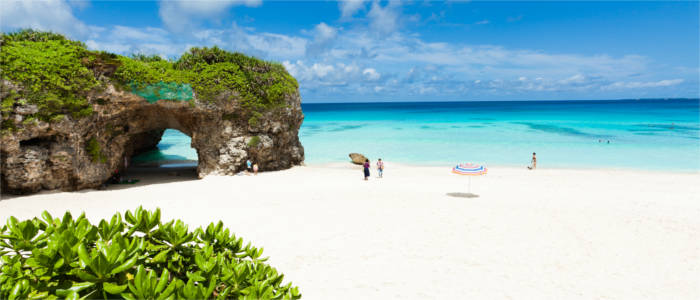
Geography - Japan's southernmost prefecture
Okinawa (capital: Naha) is Japan's southernmost and fourth smallest prefecture with an area of 2,275 km². Regarding expansion (east-west: 1,000 km, north-south: 400 km), however, it is the largest of Japan's 47 administrative units. Okinawa consists of over 300 islands, half of which have an area which is smaller than one hectare. Of the 160 islands which have an area of at least 0.01 km², only 49 are inhabited. The prefecture can generally be divided into the main island of Okinawa Hontō and its surrounding islands, the island of Iōtorishima and the island groups of Miyako, Yaeyama and Daitō. Due to the geographical position between the East China Sea and the Pacific Ocean, there is subtropical climate on Okinawa's north-eastern islands. The prefecture's southern islands, on the other hand, have tropical weather.
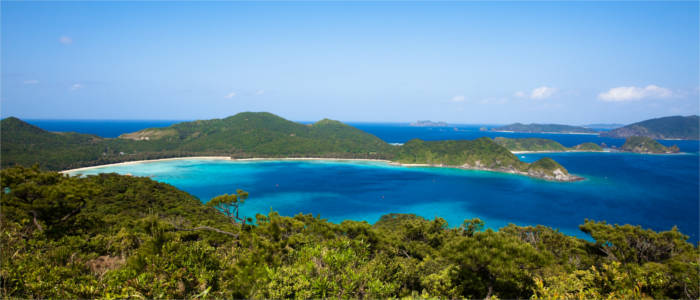
Nature - A stunning island landscape with a diverse fauna
Okinawa's landscape fascinates with wonderful white sandy beaches and sand banks, deserted bays, small caves, turquoise blue sea water, rugged coasts and colourful coral reefs. Furthermore, tropical plants, thick forests and incredible nativeness characterise the Japanese island group. The water around the prefecture has an excellent quality. The crystal clear water at the long beaches is home to a diverse and partly endemic underwater world and offers perfect conditions for going diving or snorkelling. Besides numerous species of fish, sea turtles, jellyfish and crustaceans, the dugong, a marine mammal, lives in the waters around Okinawa. You do not only see a unique fauna in the water but also on shore. The Okinawa habu, Okinawa woodpecker, Okinawa rail and the Iriomote cat are part of the prefecture's extraordinary fauna.
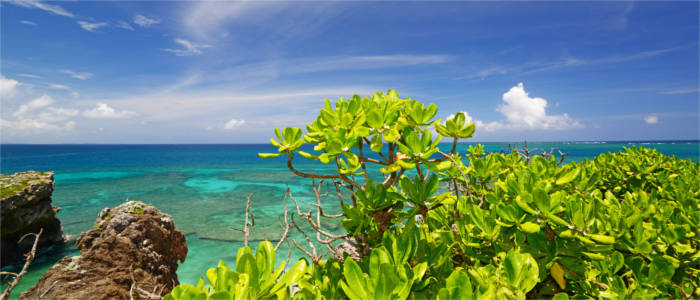
Culture - The Centre of the former Kingdom of Ryukyu
The way of living in Okinawa differs from that in the rest of the country in many ways because the island group was isolated for a long time and only became part of Japan in 1872. Chinese and Thai influences, their own language (Ryukuyuan languages) and cultural objects like the string instrument sanshin or the shisa, a kind of waterspout and lucky charm, are only a few examples of the island's group unique culture. The main island of Okinawa Hontō was once the centre of the independent Kingdom of Ryukyu, which ruled a major part of the Ryukyu Islands between the 15th and the 19th century. Several buildings such as Shuri Castle in the capital of Naha bear witness to this time and are part of the UNESCO World Cultural Heritage. Another well-known cultural asset in the prefecture is the martial art karate. In the former Kingdom of Ryukyu, the use of weapons was prohibited for a while, which led to the development of various unarmed martial arts in Okinawa, which spread from Japan into the whole world in the 20th century. The island of Miyako offers a cultural feature of a different kind. In 1873, a German ship sank in front of the island but its crew could be saved by the locals. As a token of his gratitude, the German Emperor William I donated a monument and the locals built a German cultural village with half-timbered houses, souvenir shops and a replica of the Marksburg in Rhineland-Palatinate.
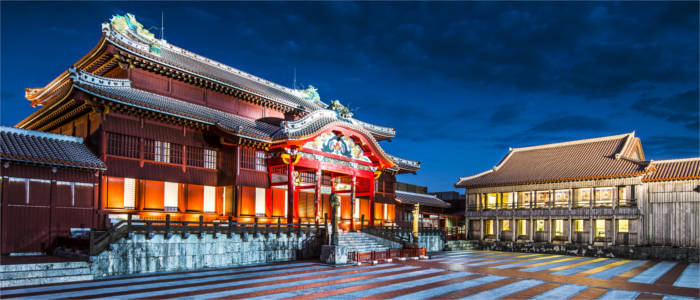
Experience - The islands of the 100-year-olds
The island group of Okinawa is known for its healthy cuisine and the longevity of its population. The prefecture is one of the places with the most hundred-year-old people per inhabitant. With an above average life expectancy of 87 years (women) and 78 years (men) respectively, the islands' inhabitants live longer than the people in the rest of the country. Reasons may be the traditional way of living, the increased amount of exercise, the balanced climate and the healthy nutrition. Dishes with little calories, little meat, little salt and regional fruit and vegetables, algae as well as fish and seafood are commonly eaten by the inhabitants. A particularly popular vegetable is the bitter melon, also called "goya" in Okinawa. It is rich in vitamins and minerals, which makes it a common part of both local dishes and traditional medicine. Another culinary product from the island group is the rice liqueur awamori. Travellers can taste it in the country's bars or buy it as a souvenir. Other souvenirs, besides pastries, shisa figures, pottery and textile craft, are Ryukyu glass and habu (the local snake species) brandied in rice liqueur.
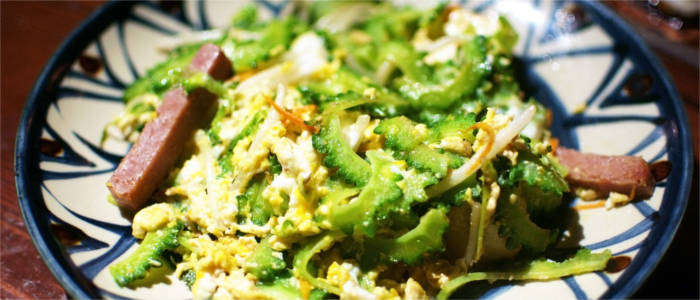
Activities - A diving paradise
Okinawa is a unique paradise for divers and snorkellers. The colourful underwater world looks razor-sharp in the crystal clear sea water and can even be seen from afar. Water sports fans get their money's worth too. They can go kitesurfing, windsurfing and surfing at many dream beaches in the island paradise. Holidaymakers can marvel at the local fauna in the Okinawa Churaumi Aquarium, the second biggest aquarium on earth. 77 basins, one of which is the world's biggest water basin, and 10 million litres of water accommodate the unique variety of coral and fish species.
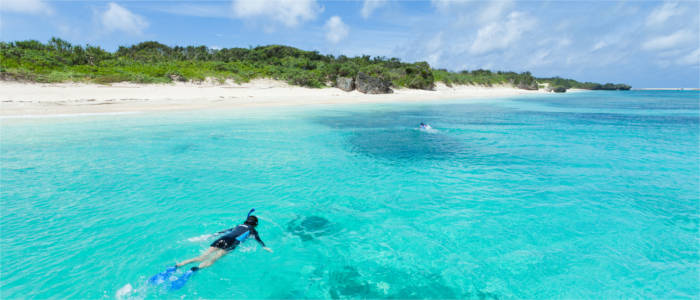
Information
Okinawa is a great travel destination at any time of the year. While it is rarely colder than 15 °C in winter, the weather is hot and humid in summer. Due to the increased air pressure during this season (June to October), taiphoons may occur. There are several national airports in Okinawa. Tourists from abroad are advised to arrive via Tokyo or Taipeh.
Okinawa is an attractive travel destination, especially for water sports fans and divers. But the islands also offer World Cultural Heritage sites, unique cultural features and other surprises for culture enthusiasts.

